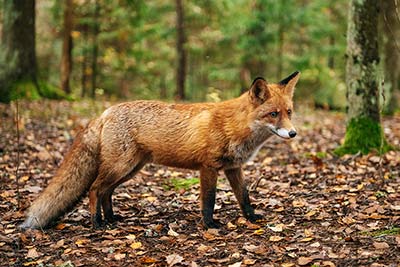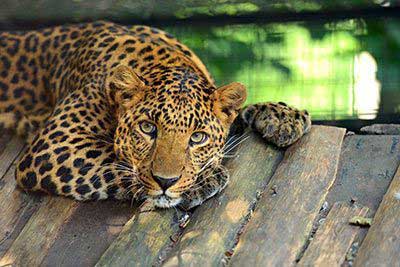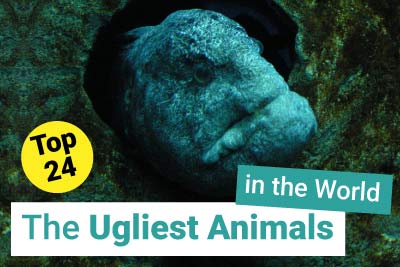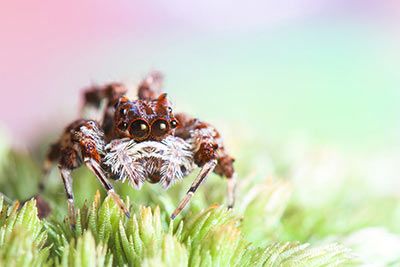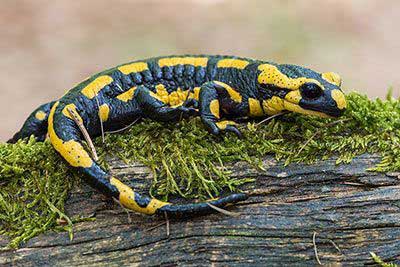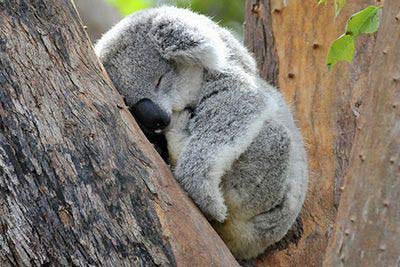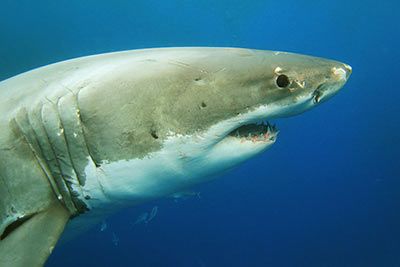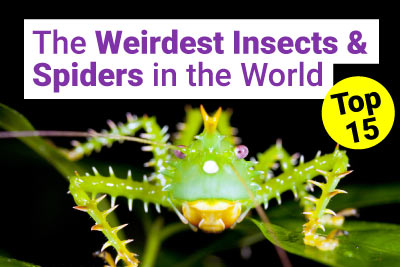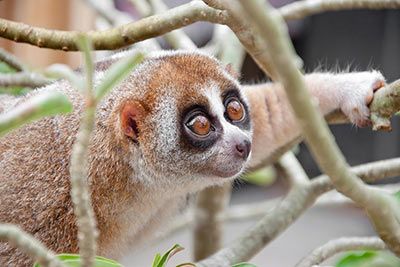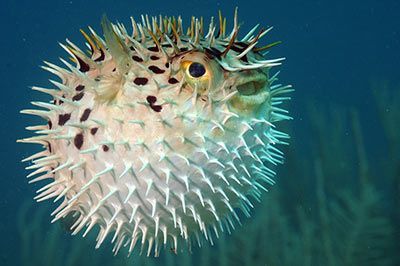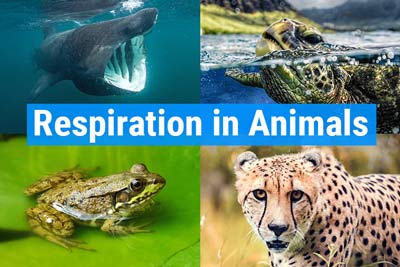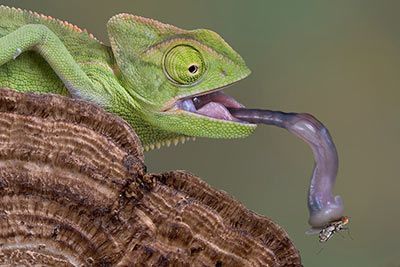Animals Living in Meadows
Discover the meadow's animals and learn all about the unique characteristics of their habitat!
At first sight, meadows do not appear particularly interesting: some grass, some plants and small animals. Yet, meadows offer a habitat for the most diverse animal species. Next time you are passing a piece of meadows, you should kneel down and have a close look at all the plants and animals. It’s definitely worth it! Meadows can often be found next to forests or hedges.
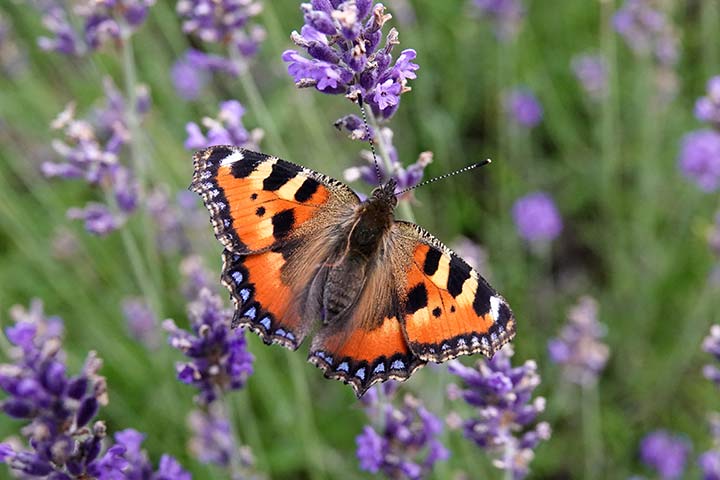
Meadow Fact File
Species living in meadows:
ca. 3,500 animal species
A meadow provides animals with:
- spaces for nesting and breeding
- protection against the weather and animals of prey
- food
- shelter during the winter
A meadow provides the environment with:
- protection against flooding
- protection of the soil
- climate protection, „air filter“
- oxygen production
Meadows Are Divided Into Layers
Just like a building, a meadow consists of several “floors” or layers. The lowest layer is called parent material, then follows the subsoil, topsoil and leaf litter. There are different types of meadows: wet meadows, meadows with scattered fruit trees, dry grasslands and nutrient-poor grasslands.
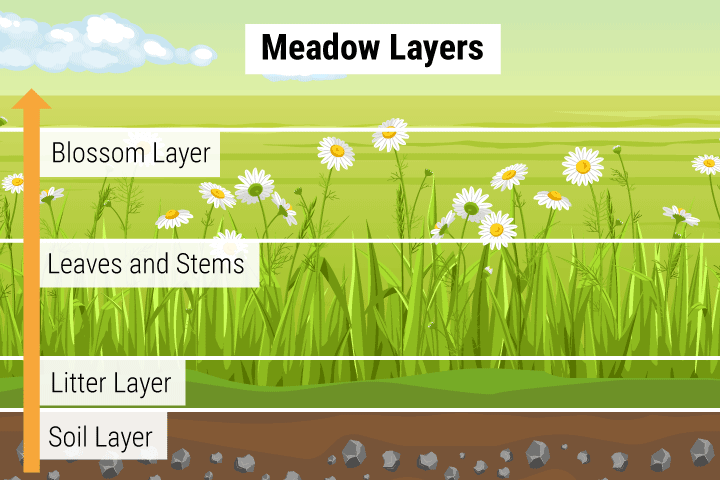
1. Soil Layer
The soil stabilizes the plants and provides them with water and nutrients. The animals in the ground ensure the air circulation within the soil by breaking it up (mole, earthworm). Rabbits, large earth bumblebees and mice also find shelter and protection underground.
Animal Species Living in the Soil Layer:
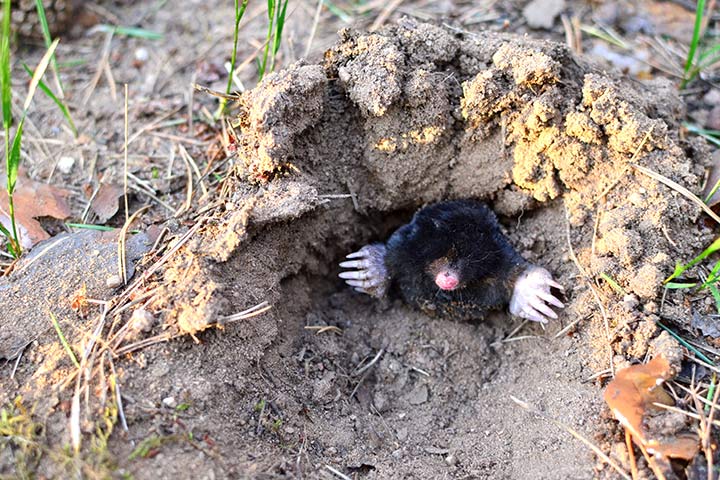
2. Litter Layer
There is a litter layer on the ground of the meadow, which is mainly populated by beetles, crickets and other insects. They are looking for food and shelter and also lay their eggs there.
Animal Species Living in the Litter Layer:
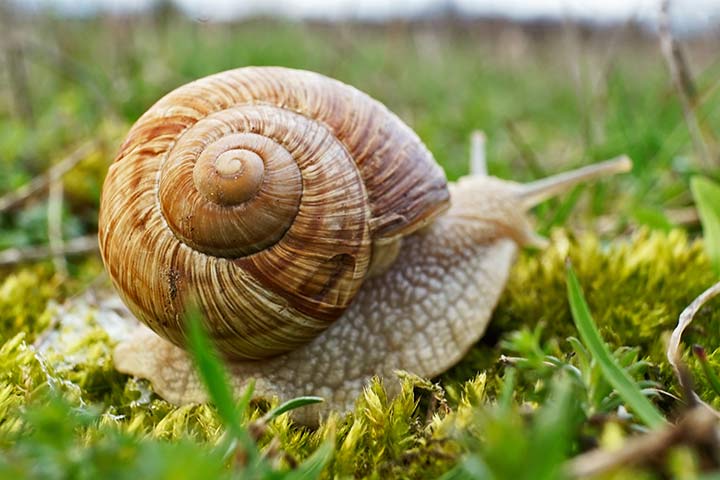
3. Leaves and Stems of Grasses
This is often the habitat of spiders that build their webs there – much to the chagrin of the small insects that also search this layer for plants to feed on.
Animal Species Living in Leaves and Stems of Grasses:
- Aphids
- European Hare
- Caterpillars
- Cicada
- Crickets
- Ladybug
- Spiders
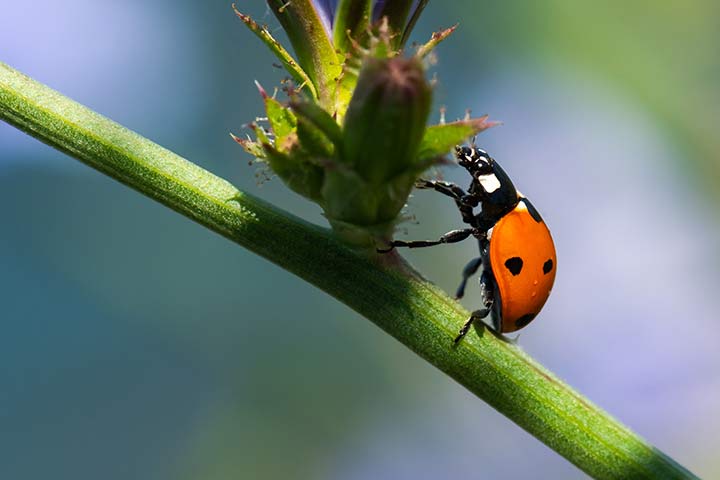
4. Blossom Layer
Indicates the layer with the blossoms and their tasty nectar. This is why it is mainly populated by bees and bumblebees – but also by smart hunters such as the crab spider. It uses the colors of the blossoms as a camouflage, so that their victims often only notice them when it’s too late.
Animal Species Living in the Blossom Layer:
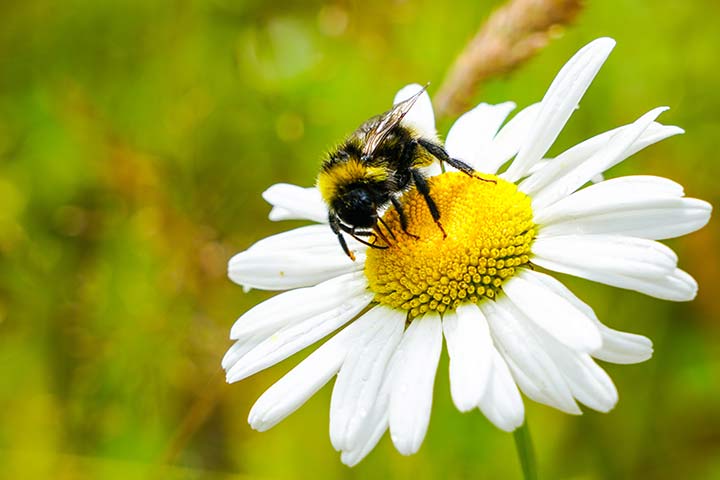
Interesting Facts About Meadows
We distinguish between several kinds of meadows according to their composition and usage:
- Flower meadow: scattered with many blossoming plants
- Wet meadow: located in river valleys or near lakes, they occasionally get flooded
- Salt meadow: located near the sea, occasionally flooded by saltwater
- Fertile meadow: fertilized meadow, rich in nutrients
Did You Know?
- Meadows do not develop naturally, they are cultivated and maintained by humans.
- If a meadow does not get mown, it will disappear and get overgrown with shrubs and trees.
- In Germany, meadows and paddocks cover about 5 million hectares of land.
- Watch Now on animalfunfacts.net:
-
 How Do Animals Survive in the Arctic?
How Do Animals Survive in the Arctic? -
 How Do Animals Survive in the Desert?
How Do Animals Survive in the Desert? -
 Rainforest Animals
Rainforest Animals

